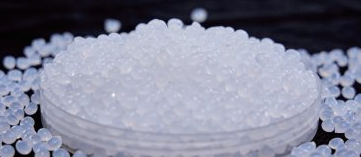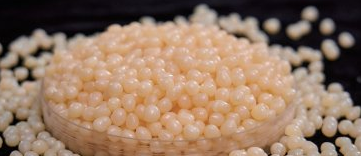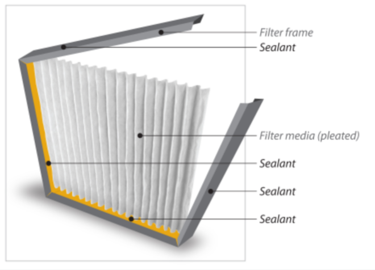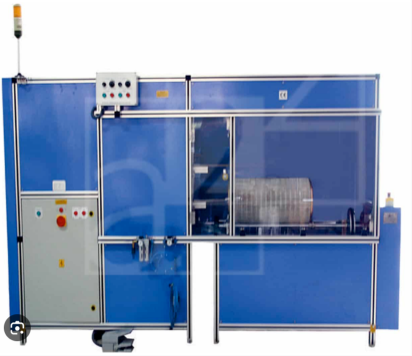Email: james.yu@unisn.com.cn
Phone: +86 028-81726336
The hot melt adhesive for air filters is a type of hot-melt adhesive specifically designed to meet the bonding needs of various components in the production process of air purifiers, belonging to the category of thermoplastic adhesives. It is applied after being melted by heating and can quickly solidify to form a bonding effect upon cooling. It features solvent-free properties, good environmental friendliness, and convenient operation, making it suitable for bonding scenarios involving the complex internal structures of air purifiers. According to specific bonding requirements, hot melt adhesives for air purifiers can be divided into EVA hot melt adhesives and polyolefin hot melt adhesives.
Where is it used?
Bonding of filters and frames: Adhere HEPA filters, activated carbon filters, pre-filters, etc., to the edges of plastic or metal frames to ensure a tight seal between the filters and the frames. This prevents unfiltered air from leaking through gaps and guarantees the purification effect.
Fixing of multi-layer filter stacks: Some air purifiers adopt a multi-layer
composite filter design. Hot melt adhesive can be used to bond the edges
between layers, preventing the filters from shifting or separating during the
operation of the device.
Who uses it?
How to use?
Bonding of filter screens and frames
Positioning: Fix the filter screens and frames on the tooling fixtures via an
automated assembly line to ensure the bonding edges are
aligned.
Gluing:
For frame gluing: The spray head moves
at a constant speed along the inner edge of the frame, extruding a continuous
glue line (or dotted glue), avoiding glue overflow that might contaminate the
effective filtering area of the filter screen.
For filter edge gluing: For flexible filter screens, roller gluing is adopted. The molten glue is evenly transferred to the edge of the filter screen through the glue roller, and then bonded with the frame.
Pressing and curing: Immediately press the filter screen and frame together
after gluing, and use natural cooling (or air-cooling assistance) to cure the
glue layer, forming a sealed bond.
Fixing of multi-layer filter stacks
Layer alignment: Stack multiple layers of filter materials in sequence, align
the edges, and fix them.
Local gluing: Apply glue dots at the four corners of the interlayer edges of
the filter screens or every few centimeters, or coat thin glue lines along the
edges, ensuring firm bonding without blocking the pores of the filter
materials.
Curing: Lightly press the stacked layers to allow the glue layer to cure
quickly, preventing interlayer displacement.
Usage and Precautions
Maintenance Recommendations
Weekly: Check connections. Inspect the compressed air filter bowl. Drain adhesive residue. Quarterly: Drain adhesive to remove carbon deposits from the manifold.
Biannually: Inspect/replace the filter screen.
As Needed: Replace the spray gun body, nozzle, and filter screen, and clean the adhesive machine.
Precautions
Why Choose UNISN





